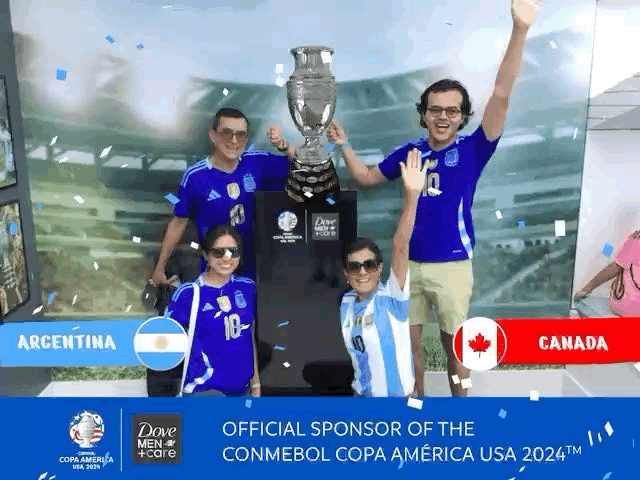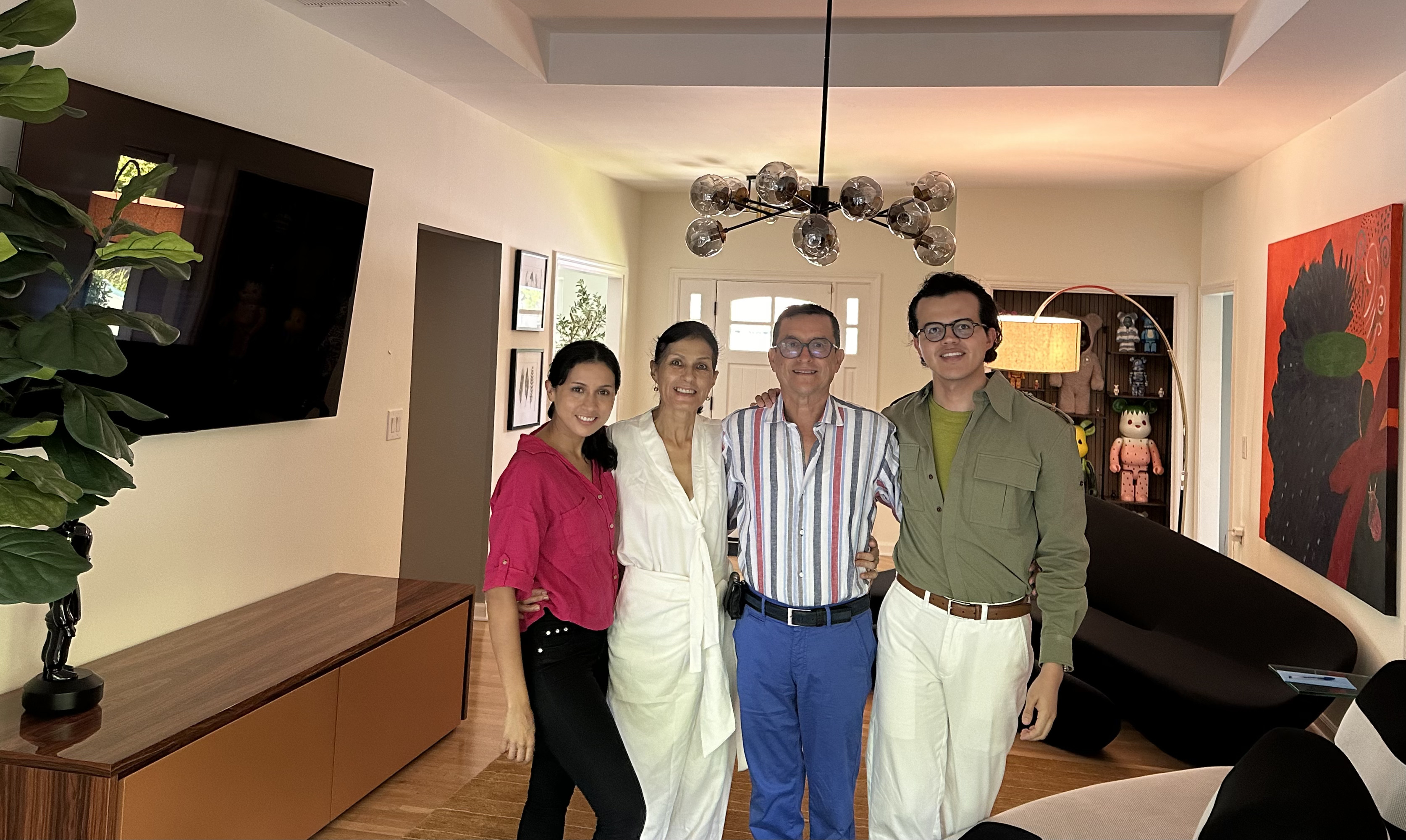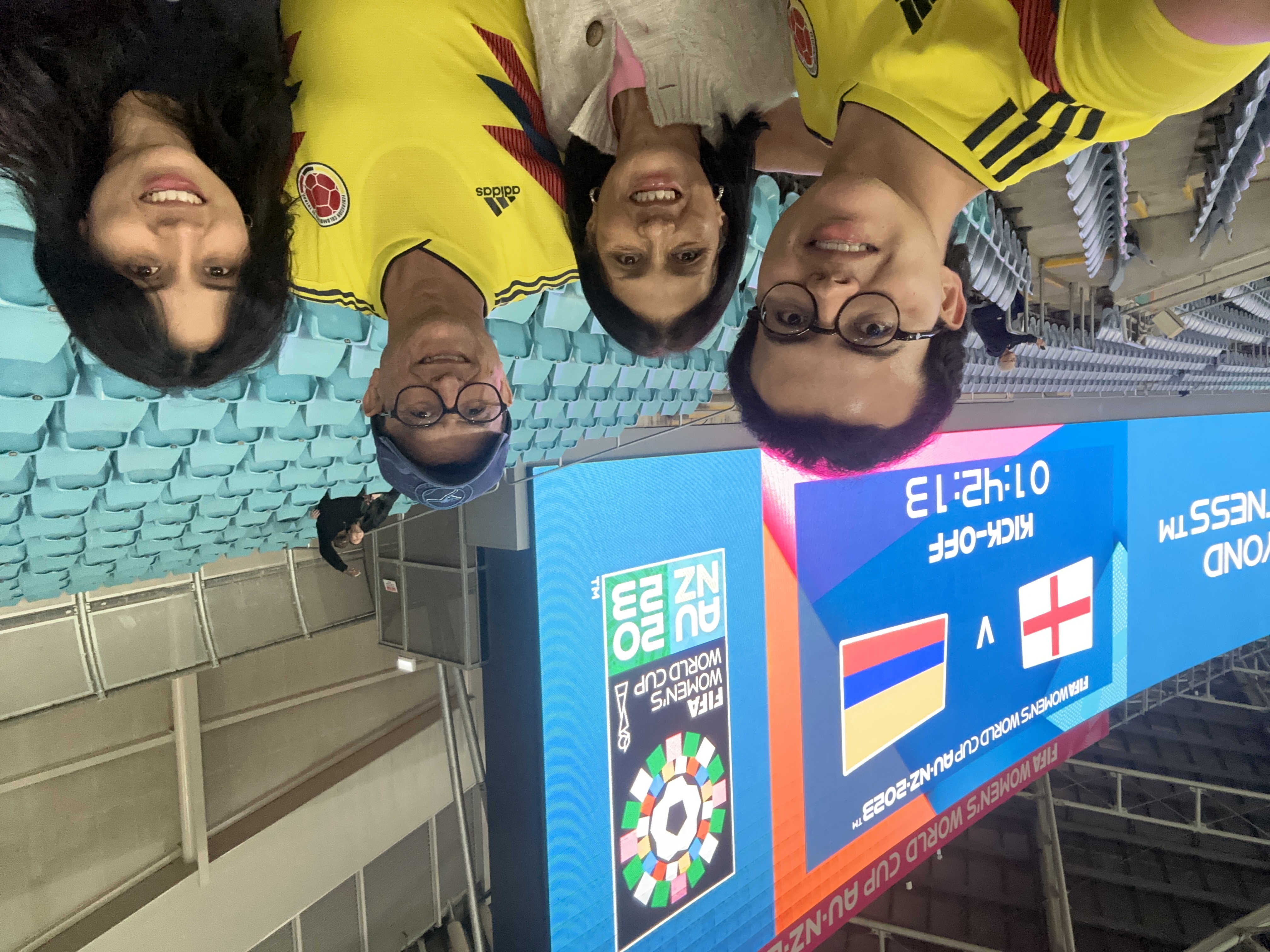 Meet Juan D. Guerrero-Calderon. We asked him questions about his past, future, and what working in Radiology means to him.
Meet Juan D. Guerrero-Calderon. We asked him questions about his past, future, and what working in Radiology means to him.
What is your name and title?
Juan D. Guerrero-Calderon, M.D.
What is your background at UAB?
I completed radiology residency at UAB in 2021.
Why did you choose UAB?
During residency interviews, I found an amazing mentor who inspired me and guided me through residency and still does today, Dr. Desiree Morgan.
Can you provide a brief work history and where you are currently?
After completing a breast imaging fellowship at Emory University, I remained at Emory as assistant professor. I have served as assistant program director of the Emory Breast Imaging Fellowship since July 2023. Additionally, I volunteer as remote breast imaging faculty for the RAD-AID radiology residency in Guyana, South America, and functioned as Emory breast imaging faculty sponsor for Irene Mhalu, one of the 2023 RSNA Derek Harwood Nash International Visiting Fellows. Furthermore, I serve as social media liaison of the ACR YPS Executive Committee, faculty mentor in the ACR PIER Program, andeditorial board member of the early career section of Applied Radiology.
What encouraged you to become a physician?
My younger sister was born with ataxia from cerebellar hypoplasia, which exposed me to the field medicine from an early age. My father was the sales manager of Philips Medical Systems for Puerto Rico and the Caribbean; because of his job, I went to radiological conventions and got to meet radiologists that inspired my career path. Those close encounters with physicians motivated me to become a physician myself.
What do you consider the biggest success of your career?
Getting good feedback from the residents and fellows that I have worked with has been the greatest success. I graduated from the first class of the Clinician Educator pathway of the UAB radiology residency and learned from great teachers from elementary school to fellowship. A big challenge when starting to work as an attending was to balance he volume of clinical work with teaching trainees. Getting good feedback from trainees, formally and informally, has let me know that I have been able to balance these responsibilities. I aim to continue improving every day in my diagnostic and teaching roles.
What is one piece of advice you would give to current residents, fellows and/or new faculty?
Get involved early in professional organizations, it fosters networking and open doors to leadership roles that may not open as easily later in your career. During residency, I became involved with RAD-AID and the ACR, that was the key to achieving the roles I currently have in these organizations.

